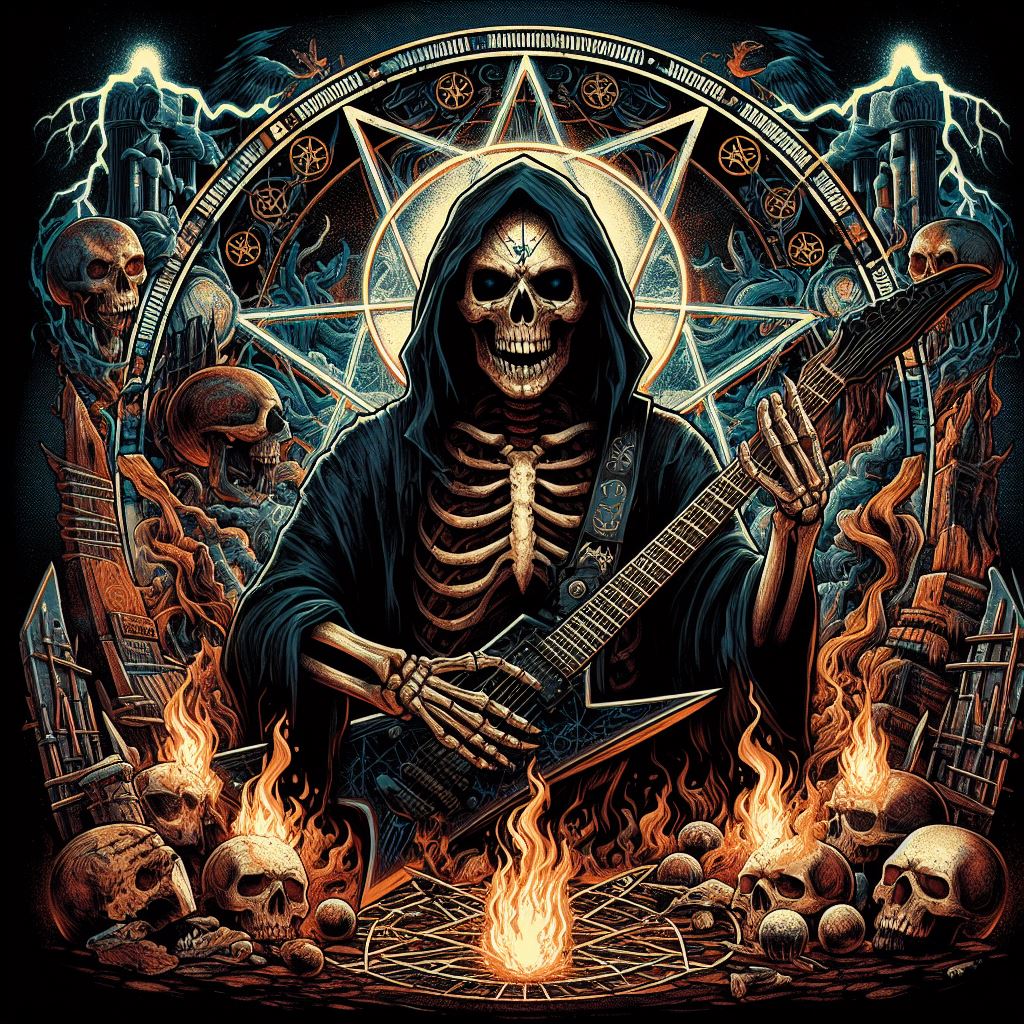Amorphis, the name itself hinting at a lack of defined form, perfectly encapsulates the ever-evolving sound of this Finnish metal band. Founded in 1990, their journey began in the burgeoning death metal scene but has since traversed progressive and folk metal landscapes, weaving a unique tapestry that has secured their place as one of metal’s most innovative acts.
The band’s story starts with Jan Rechberger (drums), Esa Holopainen (guitar), and Tomi Koivusaari (vocals/guitar). Rechberger and Holopainen, veterans of the Finnish metal scene, sought a new project after their previous bands dissolved. Koivusaari, fresh out of the death metal band Abhorrence, joined forces, and with bassist Olli-Pekka Laine (Oppu), Amorphis was born.
Their early efforts, captured on the demo “Disment of Soul” (1991), were a brutal display of death metal prowess. Signed by American label Relapse Records, Amorphis unleashed their debut album, “The Karelian Isthmus” (1992). This record showcased their technical skill and Koivusaari’s guttural vocals, but hints of melody began to peek through the sonic onslaught.
The seeds of change were sown on the follow-up, “Tales from the Thousand Lakes” (1994). Inspired by the Finnish national epic, the Kalevala, the album incorporated keyboards and acoustic passages, adding a melancholic and atmospheric layer to their sound. This shift proved pivotal, attracting a wider audience while retaining their metal edge.
“Elegy” (1996) further cemented their progressive metal direction. Gone were the raw death growls, replaced by clean vocals courtesy of new vocalist Pasi Koskinen. The album’s intricate arrangements, soaring melodies, and lyrical themes steeped in Finnish mythology solidified Amorphis’ unique identity.
The late 90s saw a period of flux. Koskinen’s departure led to the return of clean vocals by Koivusaari alongside the arrival of keyboardist Pekka Kaski. Albums like “Over the Void” (1999) and “Tuonela” (2001) explored a more progressive and psychedelic sound, with Eastern influences creeping in.
However, the new millennium also brought internal struggles. Founding member Esa Holopainen left in 2003, forming the folk metal band Wintersun. Despite this blow, Amorphis persevered. With guitarist San Holopainen (Esa’s brother) taking the reins, they embraced a more prominent folk metal direction on albums like “Eclipse” (2006) and “Silent Waters” (2007). These incorporated traditional instruments like the accordion and clean vocals, drawing inspiration from Finnish folklore.
The past decade has seen Amorphis refine their folk metal approach. Albums like “Circle” (2013) and “Under the Red Cloud” (2015) showcased a masterful blend of heavy riffs, soaring melodies, and folk instrumentation. Vocalist Tomi Joutsen, who joined in 2003, brought a powerful, operatic presence to the fold.
Amorphis’ latest offering, “Halo” (2020), marked a slight return to their heavier roots, while retaining the epic folk elements. This constant evolution, their willingness to experiment and push boundaries, is what makes Amorphis so compelling.
Throughout their career, Amorphis has garnered critical acclaim and a devoted fanbase. They’ve toured extensively worldwide, sharing stages with metal giants like Slayer and Megadeth. Their influence can be felt across the metal spectrum, with countless bands citing them as inspiration.
Amorphis’ story is one of continuous transformation. From the brutal beginnings of death metal to the epic landscapes of folk metal, they have defied categorization. With their innovative spirit and unwavering dedication to their craft, Amorphis remains a force to be reckoned with in the ever-evolving world of metal.

Leave a Reply
You must be logged in to post a comment.